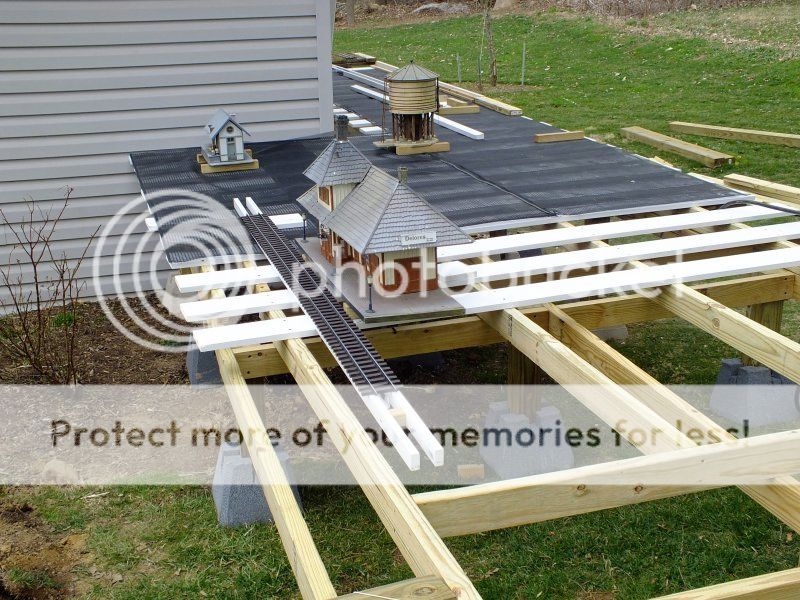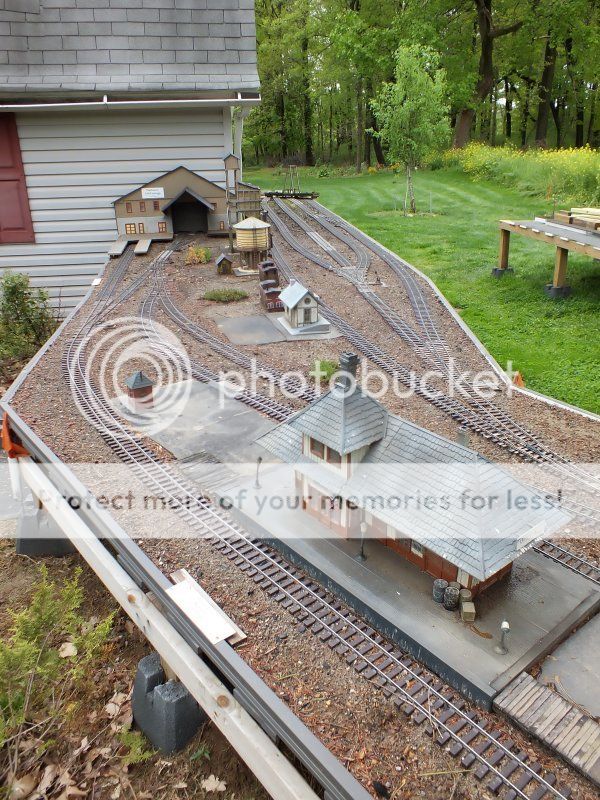As I’m getting back into building another G scale layout and at age 75 above ground looks like the better way to go at this time in life. I been looking at as many above ground layouts that I can find on YouTube and construction should not be a problem for me as I have the skills and tools needed to build whatever I would like to do. My question is many are running the sections that go from post to post with wood, etc., I would like to use 1x2 built in a ladder type design for long runs between the other parts of the railroad where I would build more framing from 2x4, etc. I wondering if anyone is using Hardiebacker for their ladder type design vs. wood, or another man made material that can handle the outside elements over time. I guess my question here is will Hardiebacker bend for the curves in a ladder type design, say 1x2 with spacer blocks in the middle, or should I use something else that has more flex to it. Let me know what garden railroaders are using, what works best in the elements. Some say Hardiebacker will bend in soaked in water and when it drys it will retain that bend, is this true. I hope I’ve explained this where it makes some sense to what I’m looking for, unfortunately most YouTube videos don’t explain what materials the are using and it’s hard to tell if it’s Hardiebacker, or a treated wood product.
trainman



